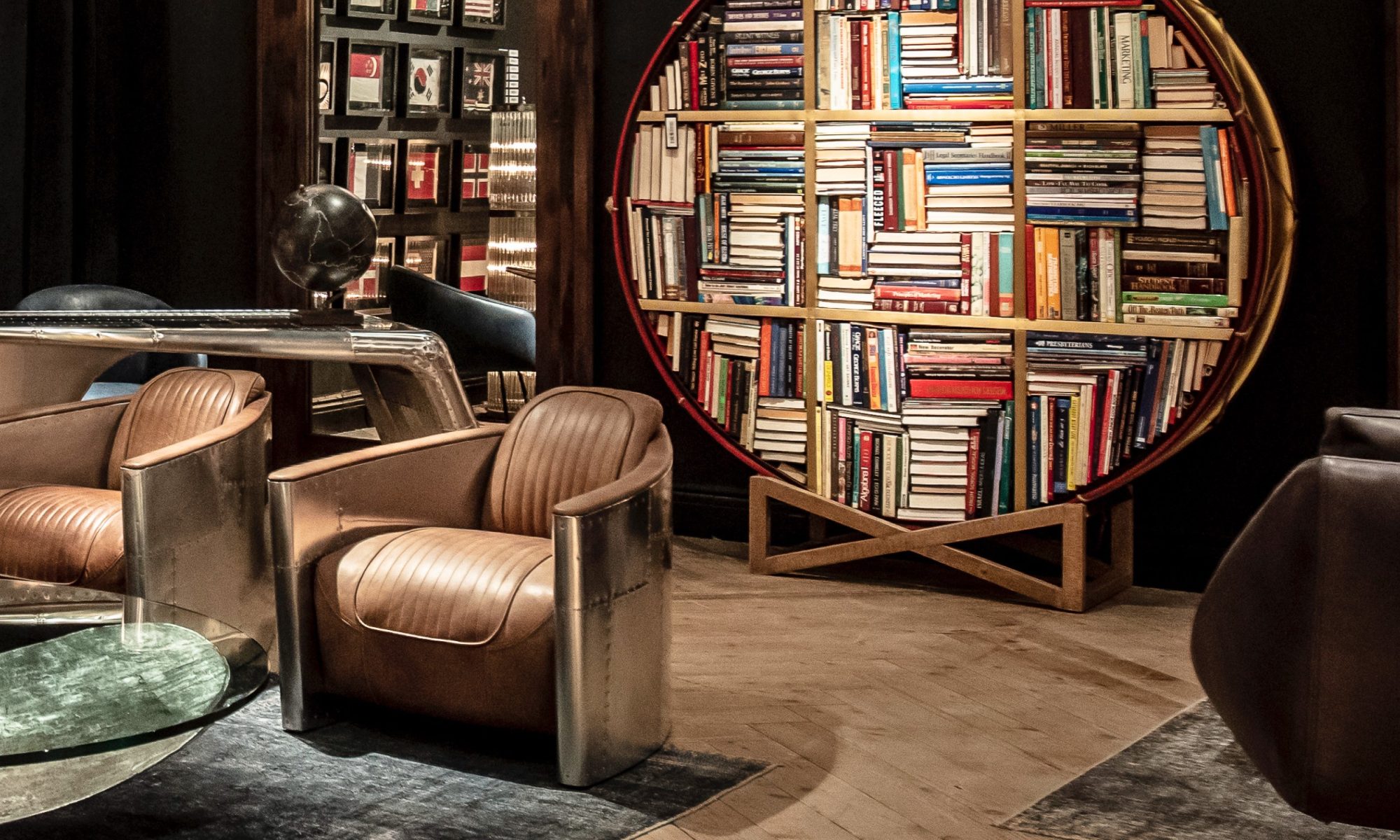Anthropology Reading Journal Series II
IX. Monday, November 7: Food, Culture, and Power I
The second half of our semester was spent reading about Food, Culture and Power and the roles they play in ethnographic research. These readings nicely led us into understanding wider themes presented on globalization and understanding the concept of flow – which were the next set of papers discussed in this journal series.
 Reading #1: Allison, Anne. “Japanese Mothers and Obentos: The Lunch Box as Ideological State Apparatus” Anthro Qrtly 64(4): 195-208.
Reading #1: Allison, Anne. “Japanese Mothers and Obentos: The Lunch Box as Ideological State Apparatus” Anthro Qrtly 64(4): 195-208.
Allison’s paper, Japanese Mothers and Obentos: The Lunch Box as Ideological State Apparatus, introduces the obento – a lunch box that is prepared by Japanese mothers. She argues that the creation of obentos creates ideological and gendered meanings that reflect the culture and values of both the mother and child. Allison claims that, “the food is coded as a cultural and aesthetic apparatus in Japan,” framing her argument along the lines of anthropologist Althusser’s concept of Ideological state apparatus (1971).



